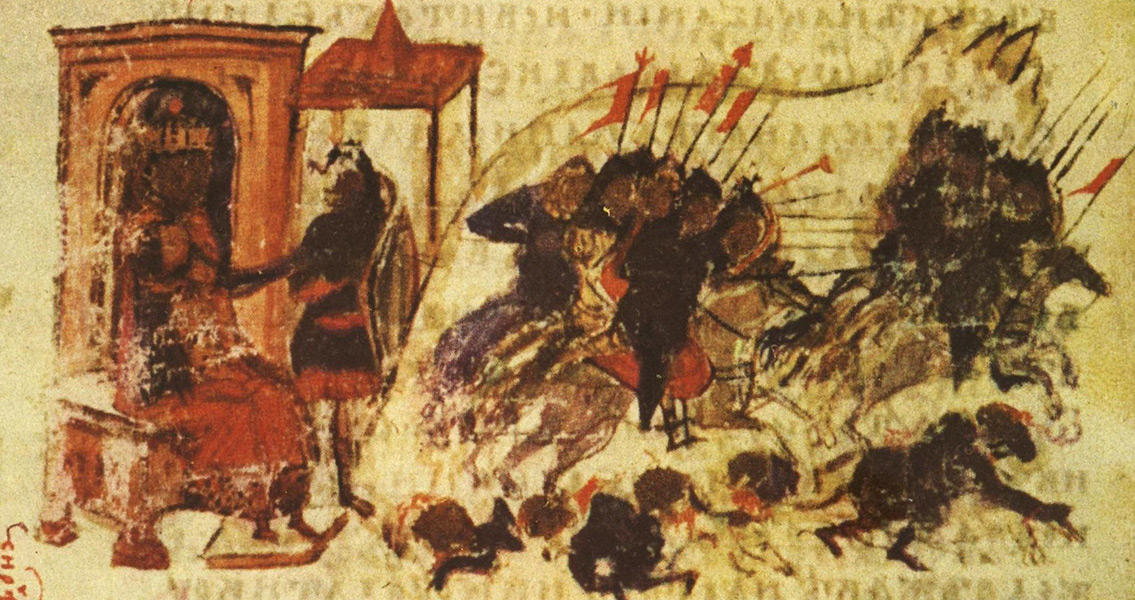<![CDATA[Excavations in Istanbul have unearthed a cache of medicine bottles filled with plant extracts that would have served as ancient analogues of medicines used today, it has been revealed. Archaeologists working at the Bathonea dig site in the city’s Aviclar district made the recent find, discovering almost 700 small glass or ceramic bottles surrounding equipment such as mortars and pestles that would have been used nearly 1500 years ago to create the ancient medicines. An article in The Hurriyet Daily News quoted Sengül Aydingün, an associate professor at the head of the Bathonea excavation project, stating that many other medical tools were discovered, including a large apparatus for cooking medicines. The research project, which has been ongoing for much of 2016, has yielded a large number of ceramic artifacts. These objects have been under intense scrutiny in laboratory conditions, with Aydingün remarking that much of the analysis has been on materials that were recovered from the site in 2013 and 2015. Among the finds were several hundred small medicine bottles known as unguentaria; at first count, researchers estimated their number at 400, but this year’s extensive study has seen that figure grow to almost 700 – the highest number of such bottles ever discovered in an archaeological dig, the professor claimed. The field where the bottles were discovered is notable because of the particular flora, Aydingün remarked, indicating that many of these plants are natural sources of drugs used today in medications for heart disease and mental illness. The Scientific and Technological Research Council of Turkey, which analyzed the remnants found within the bottles, claimed that the formulas for two medications, both Phenanthrene and Methanone, were present within. Aydingün added that the Bathonea excavation field also bore evidence of a destructive event due to the extensive fire layer in the archaeological record. Based on her estimations, and on the analysis of the carbon within the layers that was undertaken by Poland’s Wroclaw Archaeology and Ethnography Institute, the fire that deposited the carbon layer is likely to have happened sometime between 620 CE and 640 CE, a date range that coincides with several known attacks against Istanbul from Thrace and the Avar Empire. A large group of structures in the Bathonea field shows indications of being nearly destroyed by this fire, Aydingün stated, with the bottles being found beneath this fire layer. This could be evidence of the Avar assault, she added. While historical documents make mention of the attack, there has been little in the way of archaeological evidence to support these documents. This makes the Bathonea discoveries noteworthy as the first possible evidence of the Avar Empire’s attack on the city. The Avars, allied with the Sassanid Persians, attempted and ultimately failed to capture Istanbul, then known as Constantinople. The defeat led to the Byzantine Empire strengthening its position and putting an end to the highly destructive Roman-Persian Wars in 629 CE. ]]>
Ancient Modern Drug Analogues Found in Istanbul
